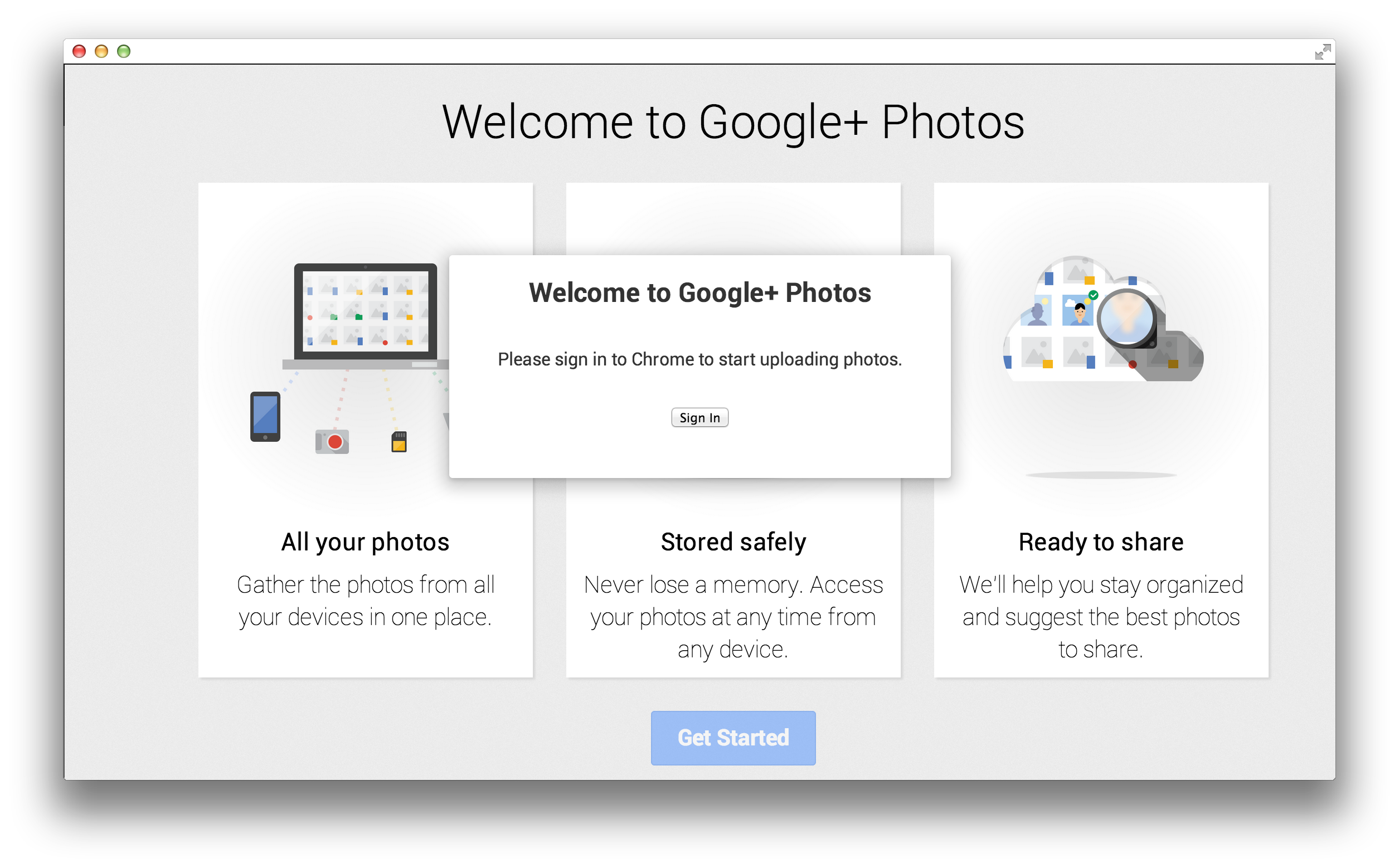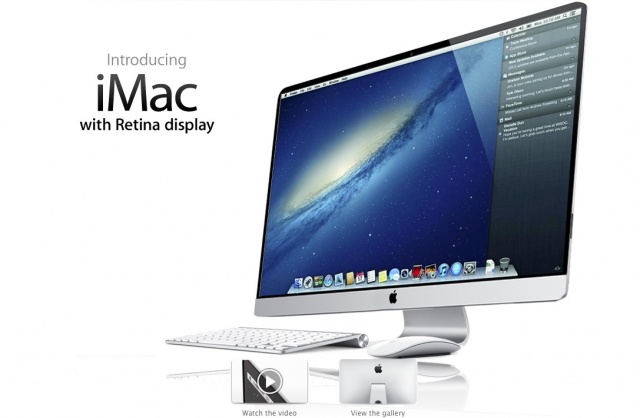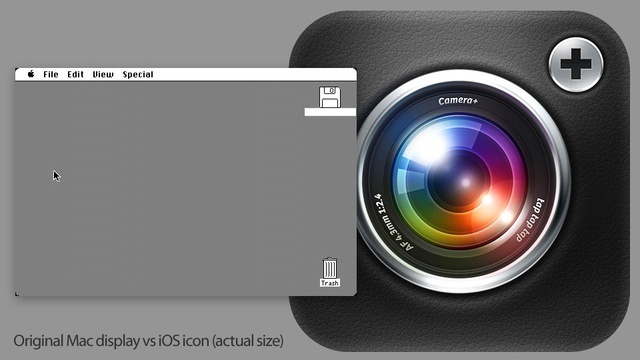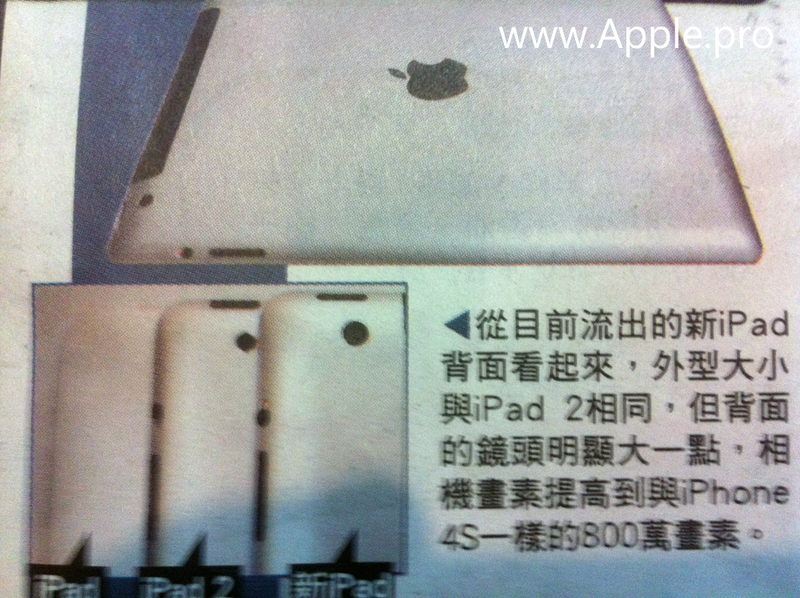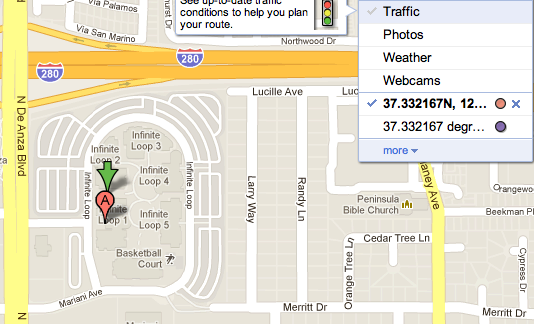
A Taiwanese analyst speaking about the company which makes most of the lenses for iPhones claims that Apple will be sticking to an 8MP camera in the next-generation iPhone 6s, reports Taipei Times.
Jeff Pu said that the camera specifications of the next-generation iPhone, dubbed iPhone 6S, will stay the same as the current iPhone 6 at 8-megapixels, limiting potential catalysts to push [Apple lens supplier] Largan’s stock price higher in the second half of the year.
Pu’s reasoning–that limited supplies of higher-resolution CMOS sensors have lead Apple to make the decision–seems somewhat spurious for a company renowned for its supply chain management, but the idea isn’t an unreasonable one.
While those who know little about photography may buy on numbers, cramming more megapixels into a small sensor can actually hurt image quality. One of the key reasons the iPhone camera is so good is that Apple uses a relatively large sensor with a low pixel density, an approach which is particularly beneficial in low-light photography. The iPhone 6 and iPhone 6 Plus cameras were ranked joint 1st in the highly-respected DxOMark mobile tests.
You can see a comparison of images from almost every generation of iPhone camera courtesy of the developers behind the Camera+ app, and check out our own test of the iPhone 6 and iPhone 6 Plus cameras here.
Via GforGames



